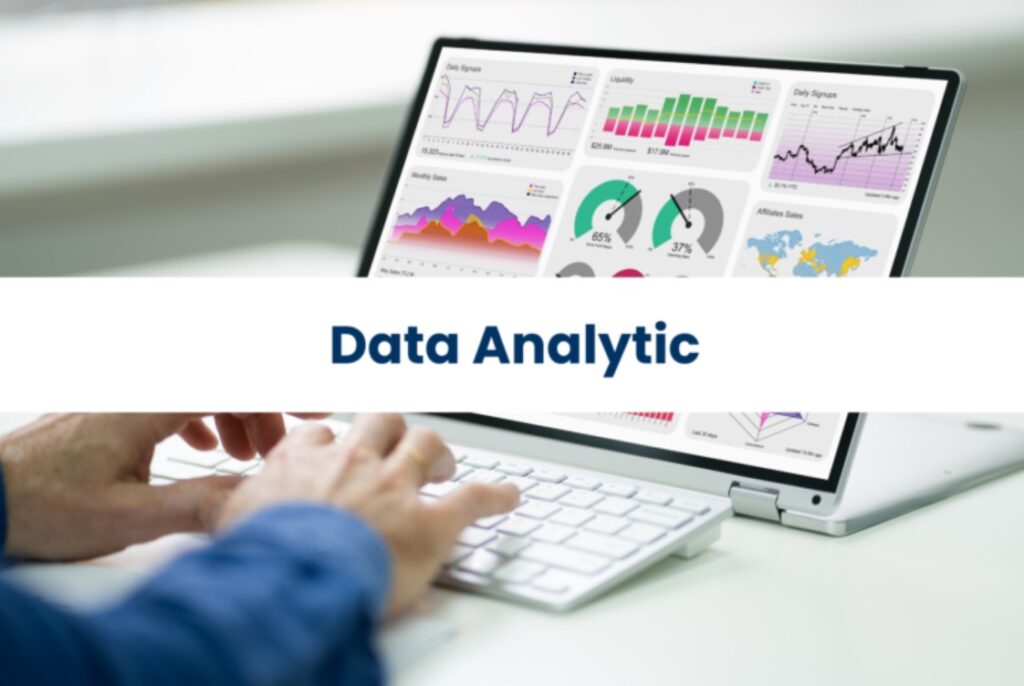Picture a symphony orchestra where every musician waits for the conductor’s signal before playing a single note. Now imagine if each section leader could guide their musicians independently, responding to the music’s flow in real time while maintaining harmony with the whole. This is the shift happening in modern organizations as they move from centralized data gatekeeping to distributed decision analytics.
For years, companies operated under a model where insights flowed through a single bottleneck. Teams would submit requests, wait in the queue, and hope their questions aligned with priorities set weeks earlier. But as business velocity accelerates and competition intensifies, this approach has become a liability rather than an asset. The question is no longer whether to democratize analytics, but how to do it without creating chaos.
The Compass, Not the Map
Think of traditional analytics teams as cartographers who draw detailed maps for every journey. Distributed decision analytics, however, transforms them into compass makers. Instead of creating every map, they build tools and frameworks that help teams navigate their own territories confidently.
This shift requires a fundamental rethinking of roles. Analytics professionals become architects of systems rather than executors of every query. They establish guardrails, create reusable templates, and ensure data quality at the source. Meanwhile, business teams gain the ability to explore their own questions without waiting for permission or resources. Organizations investing in upskilling through programs like a data analyst course in Bangalore are discovering that spreading analytical literacy across teams multiplies their problem-solving capacity exponentially.
The beauty of this model lies in its scalability. One centralized team can only answer so many questions per day. But when fifty team members can self-serve basic analytics, the organization’s collective intelligence multiplies without proportionally increasing headcount.
Building Trust Through Transparency
The biggest obstacle to distributed analytics is not technical but psychological. Leaders worry about incorrect interpretations leading to poor decisions. Teams fear they lack the expertise to draw accurate conclusions. These concerns are valid, but they stem from treating analytics as a black box rather than a transparent process.
Successful organizations address this by making their analytical reasoning visible. They document assumptions, expose methodology, and create feedback loops where insights can be validated. When someone builds a dashboard or runs an analysis, the logic behind it becomes reviewable by peers and experts alike.
This transparency serves another crucial purpose: it builds analytical maturity across the organization. Junior team members learn by seeing how experienced analysts structure problems. Mistakes become teaching moments rather than career-limiting events. Over time, the collective competence rises, and the need for constant oversight diminishes naturally.
The Governance Paradox
Here lies the central tension of distributed analytics: how do you maintain control while granting freedom? The answer is not in restricting access but in designing intelligent constraints.
Consider how modern smartphones balance power with usability. They give users tremendous capability while preventing them from accidentally destroying the operating system. Similarly, effective analytics platforms create layers of access. Basic explorations happen in sandboxed environments where mistakes carry no consequences. Production-level decisions require additional validation steps and peer review.
Smart organizations also implement contextual governance. A marketing team analyzing campaign performance needs different guardrails than a finance team reconciling accounts. Rather than applying uniform restrictions, they tailor permissions and workflows to match the risk profile of each use case. Professionals who have completed a data analyst course in Bangalore often bring this nuanced understanding of governance, having learned to balance accessibility with accountability in their training.
Cultivating an Experimentation Culture
The true power of distributed analytics reveals itself when teams stop asking “what happened” and start exploring “what if.” This shift from retrospective reporting to prospective experimentation represents a maturity milestone that few organizations achieve.
Creating this culture requires more than just tools. It demands psychological safety where hypotheses can be tested without fear of blame. It needs visible executive sponsorship where leaders publicly share their own analytical experiments, including failures. It requires celebration of learning rather than just outcomes.
Organizations that succeed here develop a distinctive rhythm. Teams generate hypotheses rapidly, test them with small experiments, and scale only what proves valuable. Failed experiments get documented and shared, building institutional knowledge about what does not work. This iterative approach to decision-making becomes a competitive advantage that compounds over time.
The Path Forward
Distributed decision analytics is not a destination but a continuous evolution. Organizations do not flip a switch and suddenly become analytically mature. They progress through stages, learning what works for their unique culture and challenges.
The journey begins with identifying champions who can bridge technical analytics and business context. These translators help teams frame better questions and interpret results more accurately. Simultaneously, investing in training through resources like a data analyst course in Bangalore helps build baseline competency across the organization.
As capabilities grow, the focus shifts from access to impact. Mature organizations measure success not by how many people can run queries but by how analytics influences actual decisions. They track whether insights lead to action and whether actions produce desired outcomes.
The ultimate vision is an organization where analytical thinking permeates every conversation and decision, yet nobody thinks about “doing analytics” as a separate activity. It becomes as natural as checking email or attending meetings. When that happens, companies discover they have built something rare: a genuine learning organization that adapts faster than its competition can copy.
